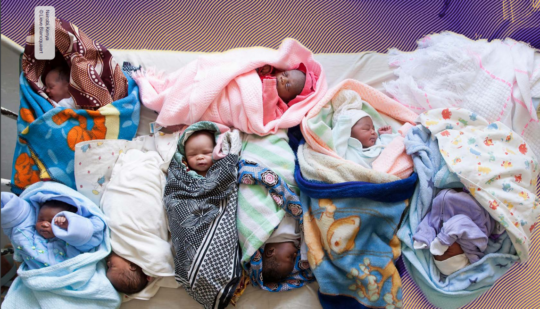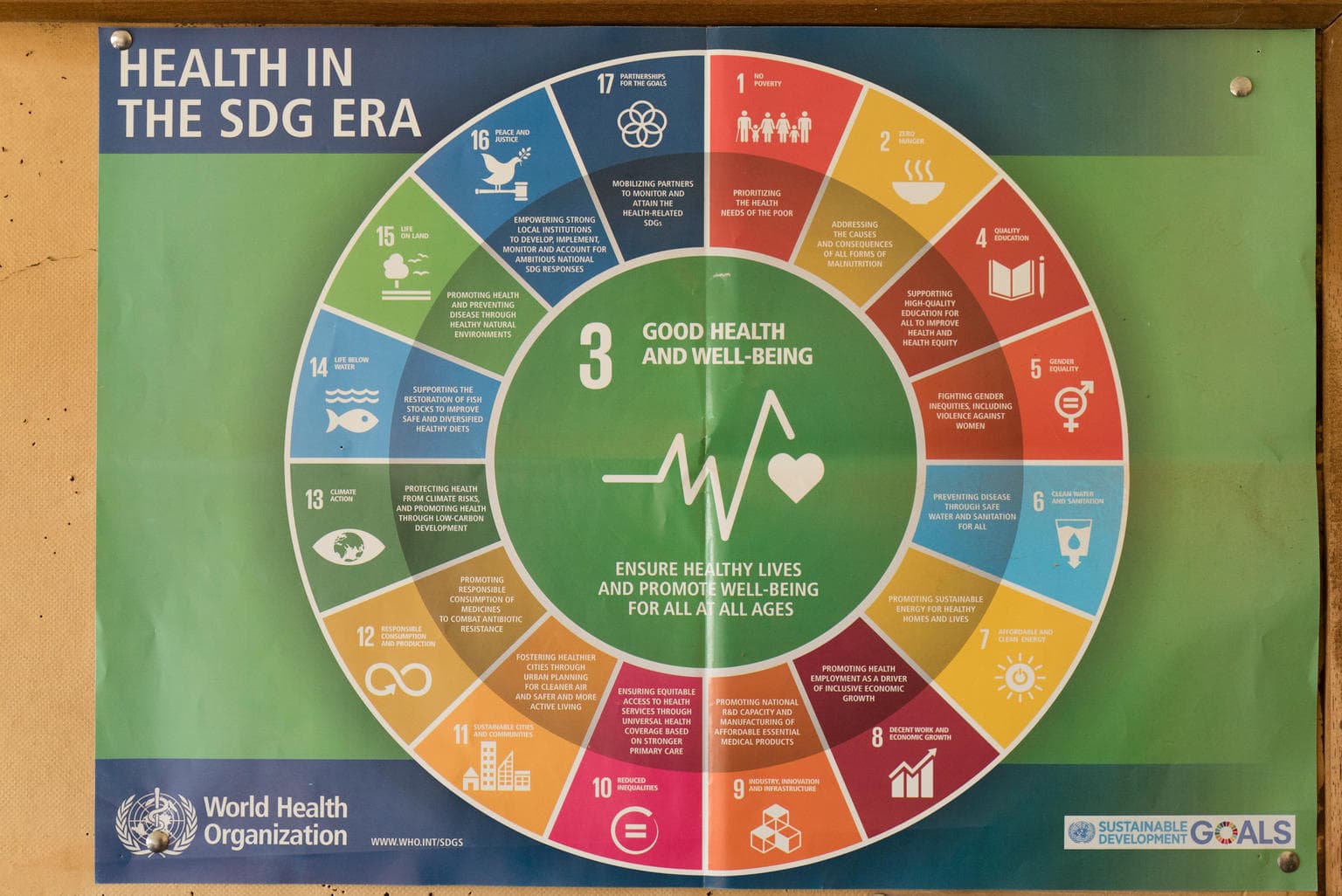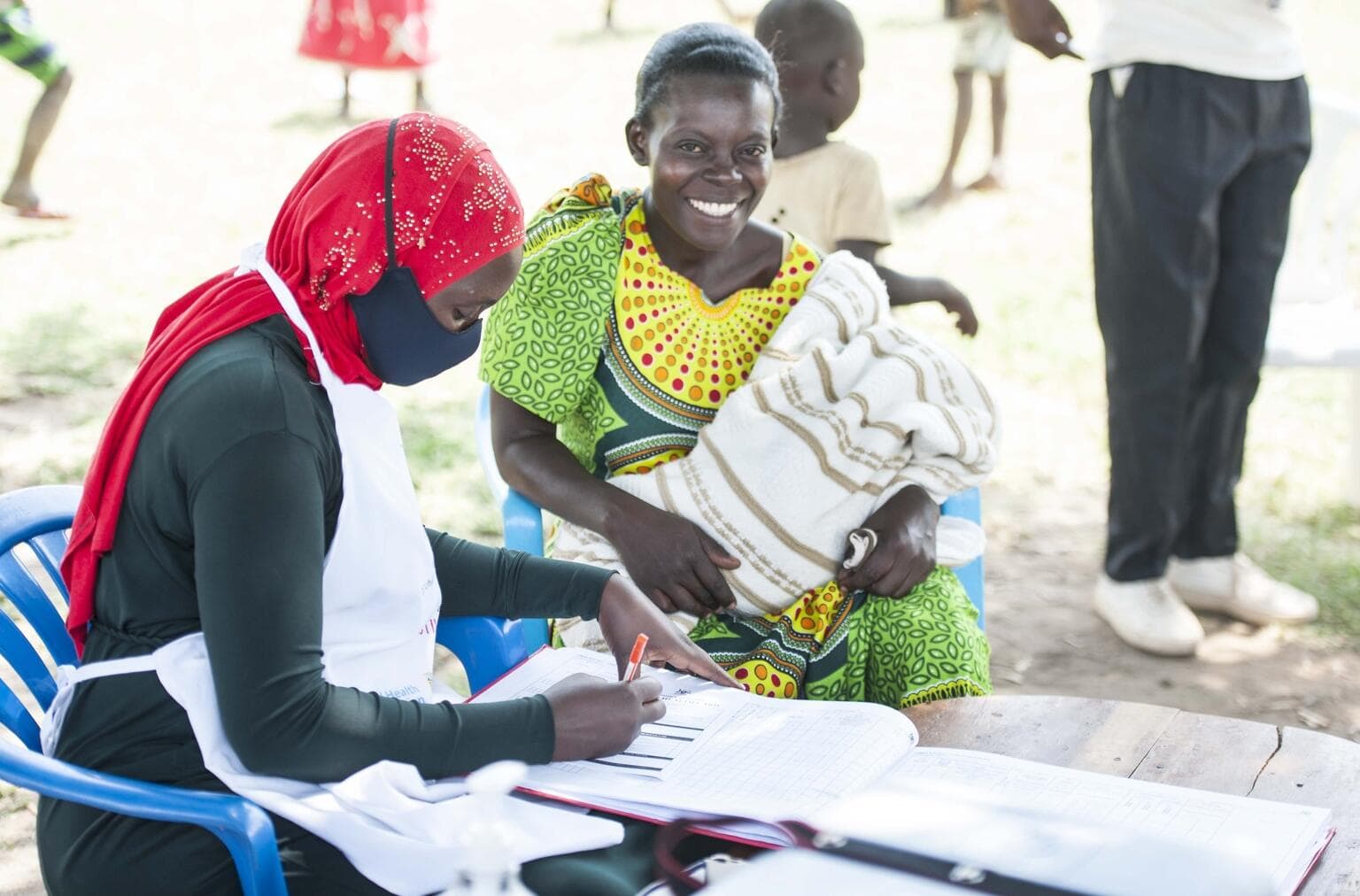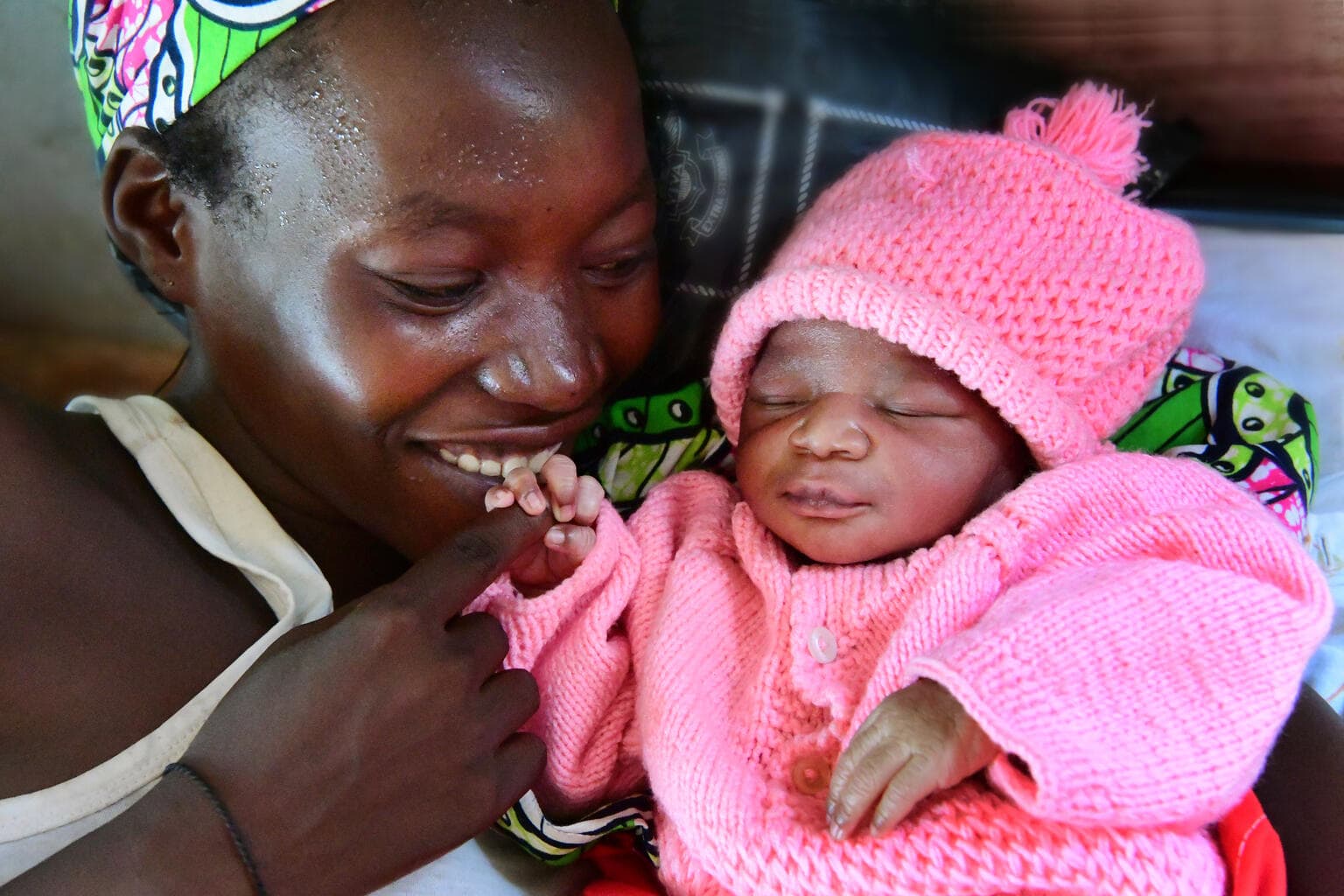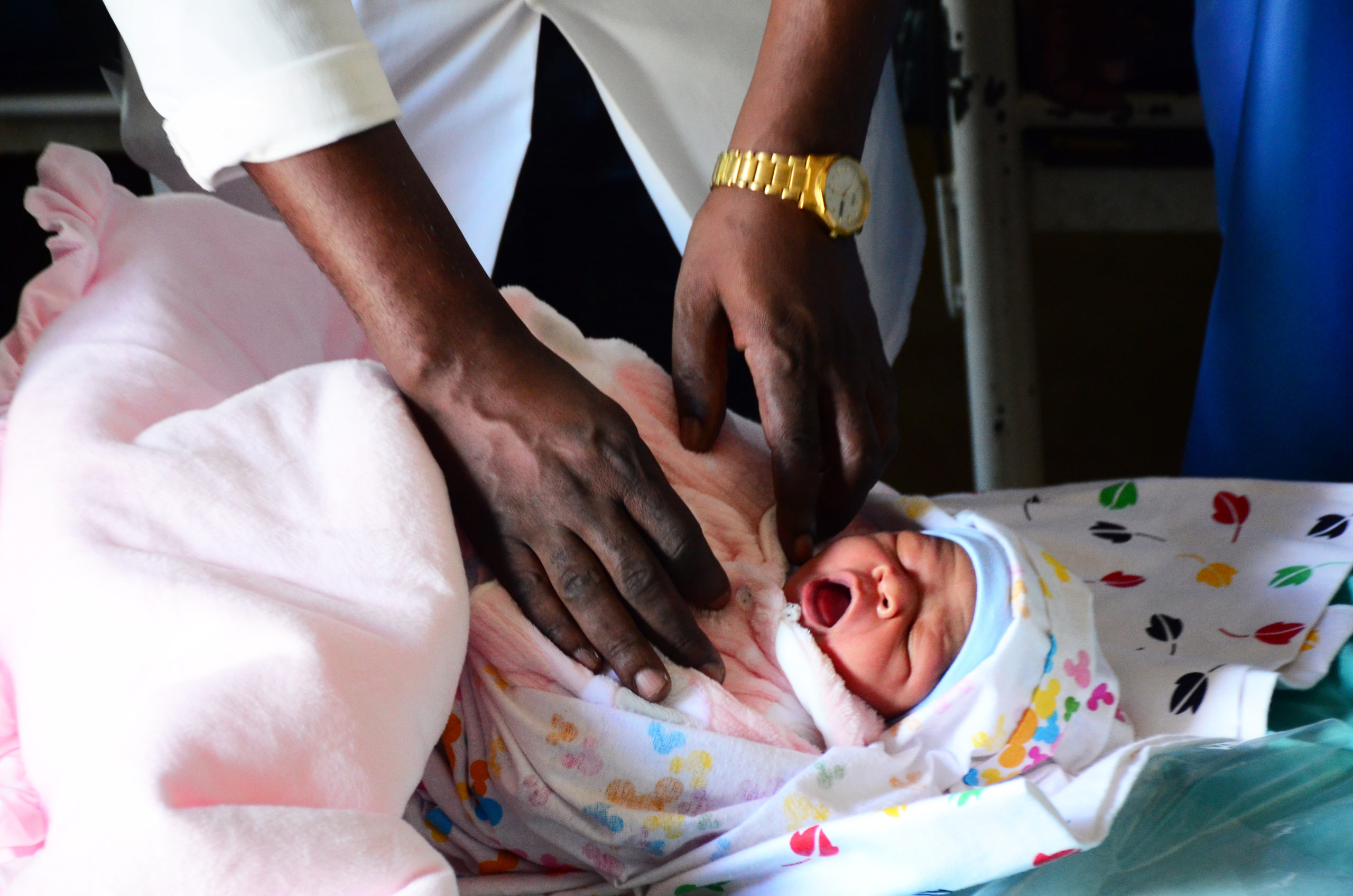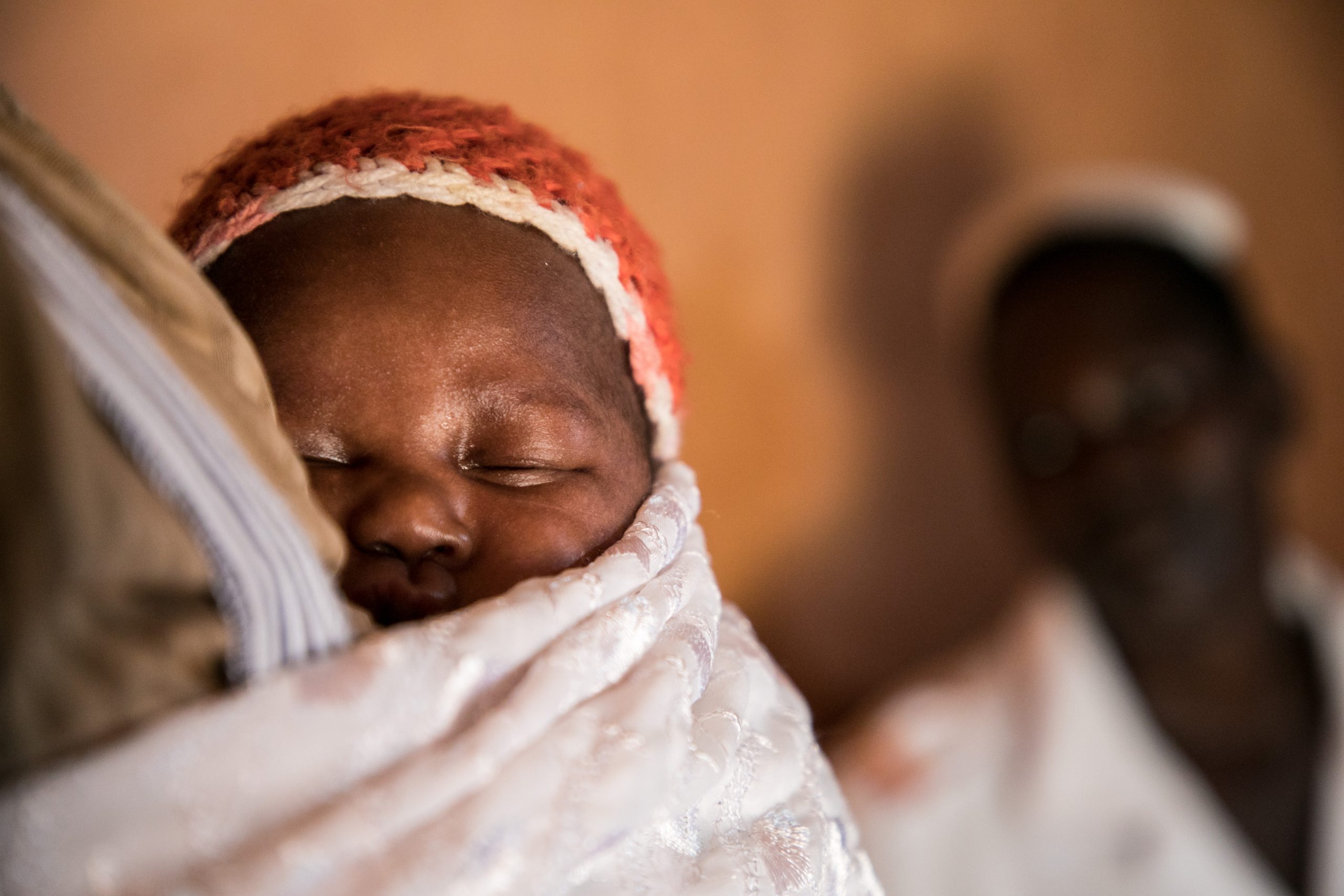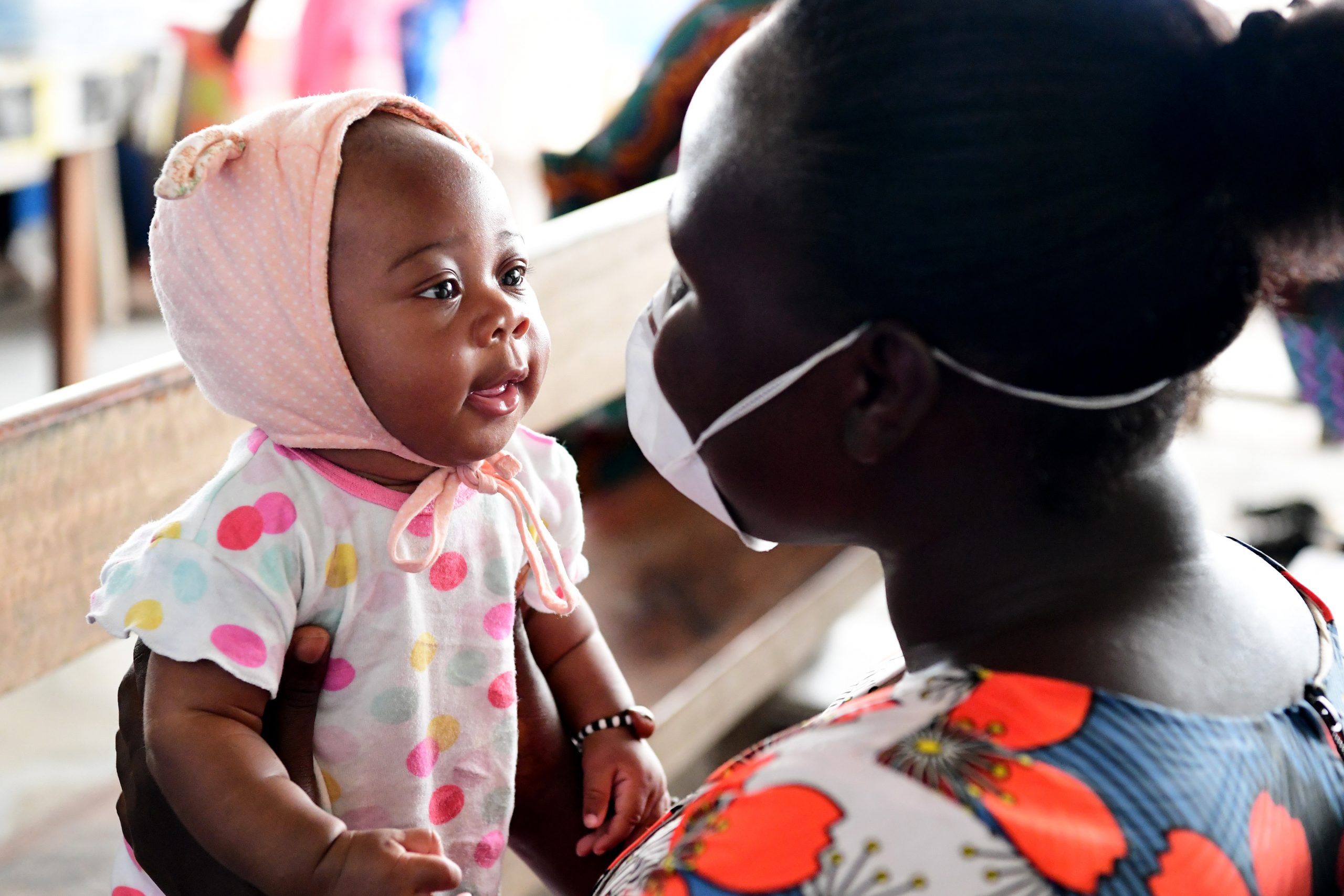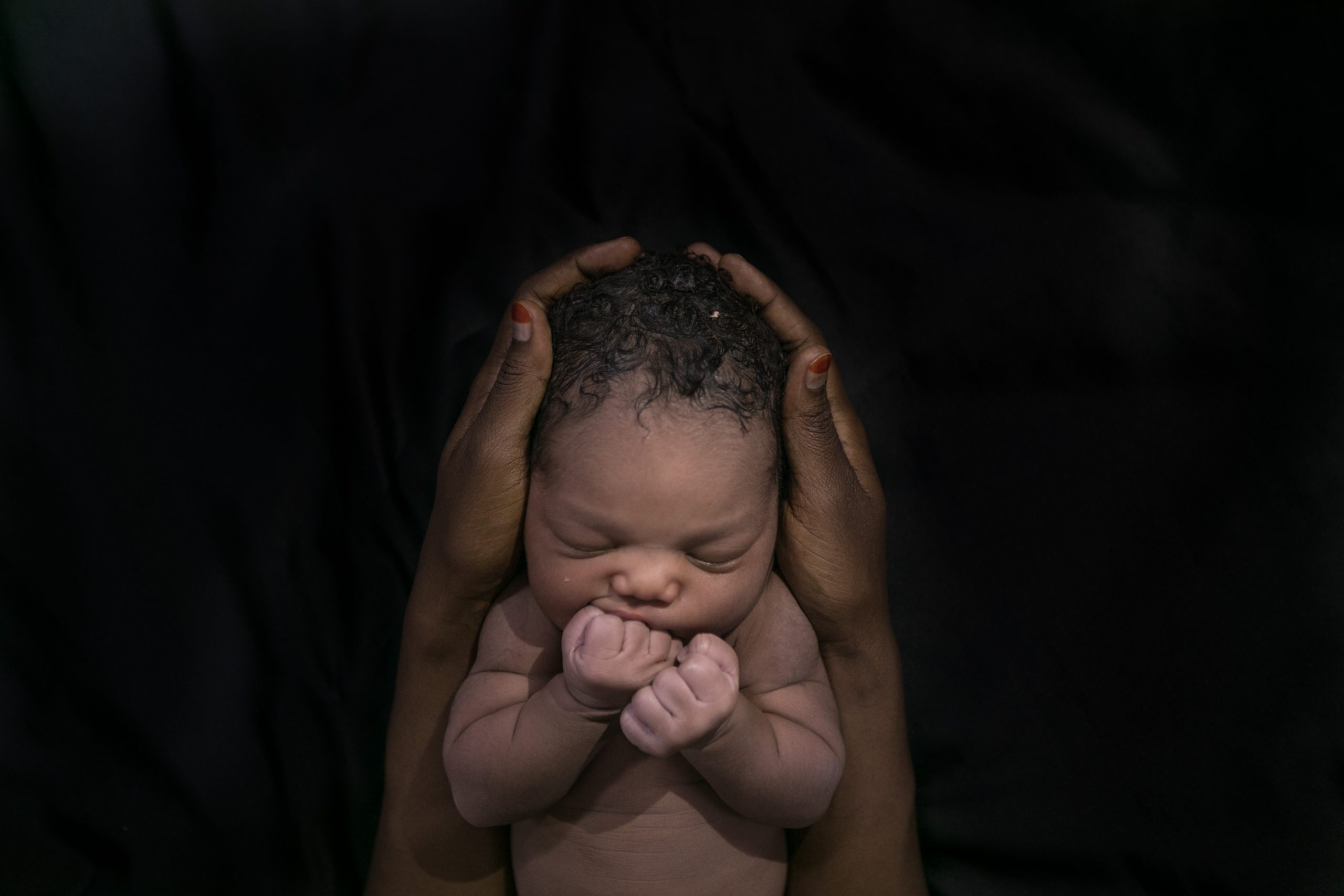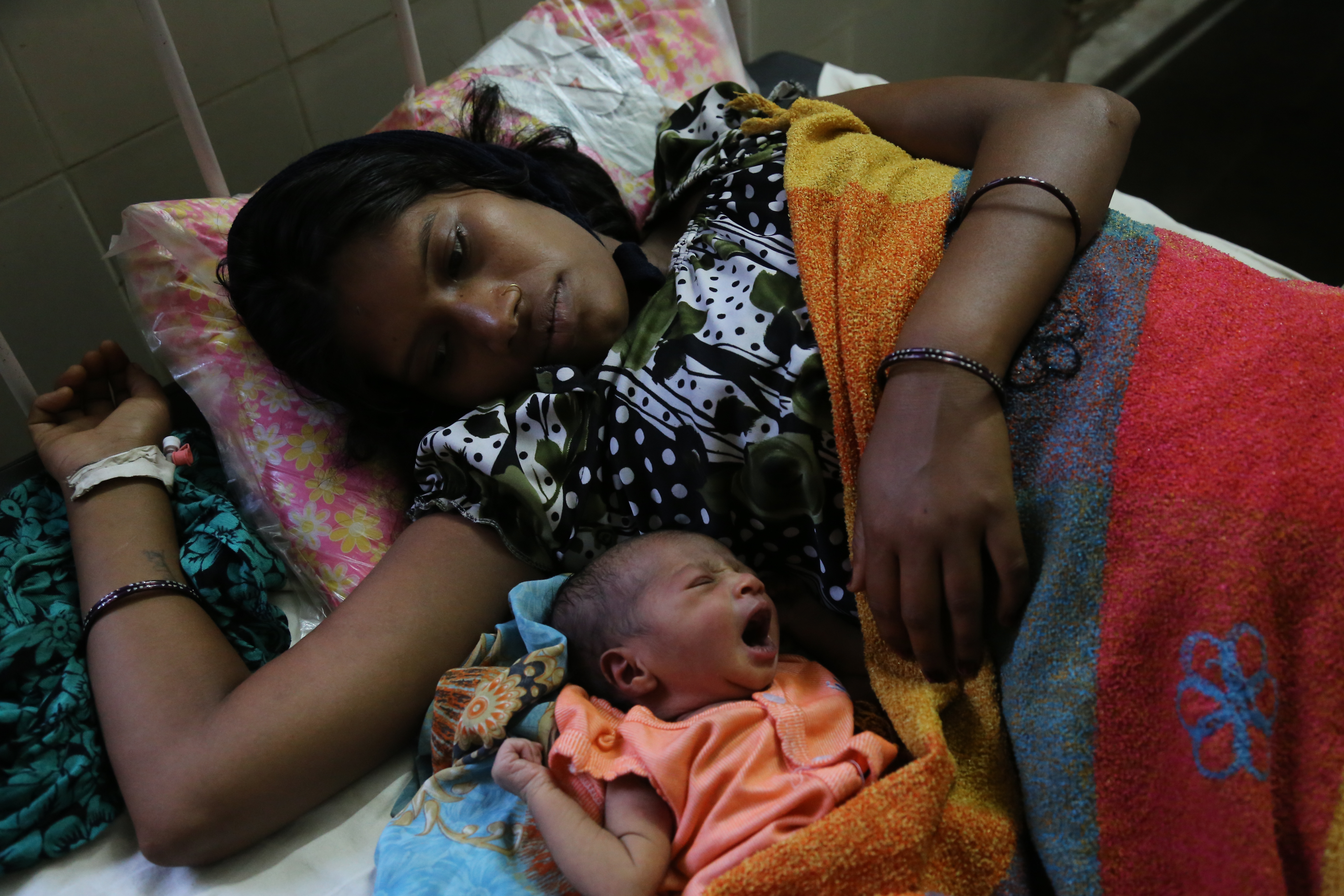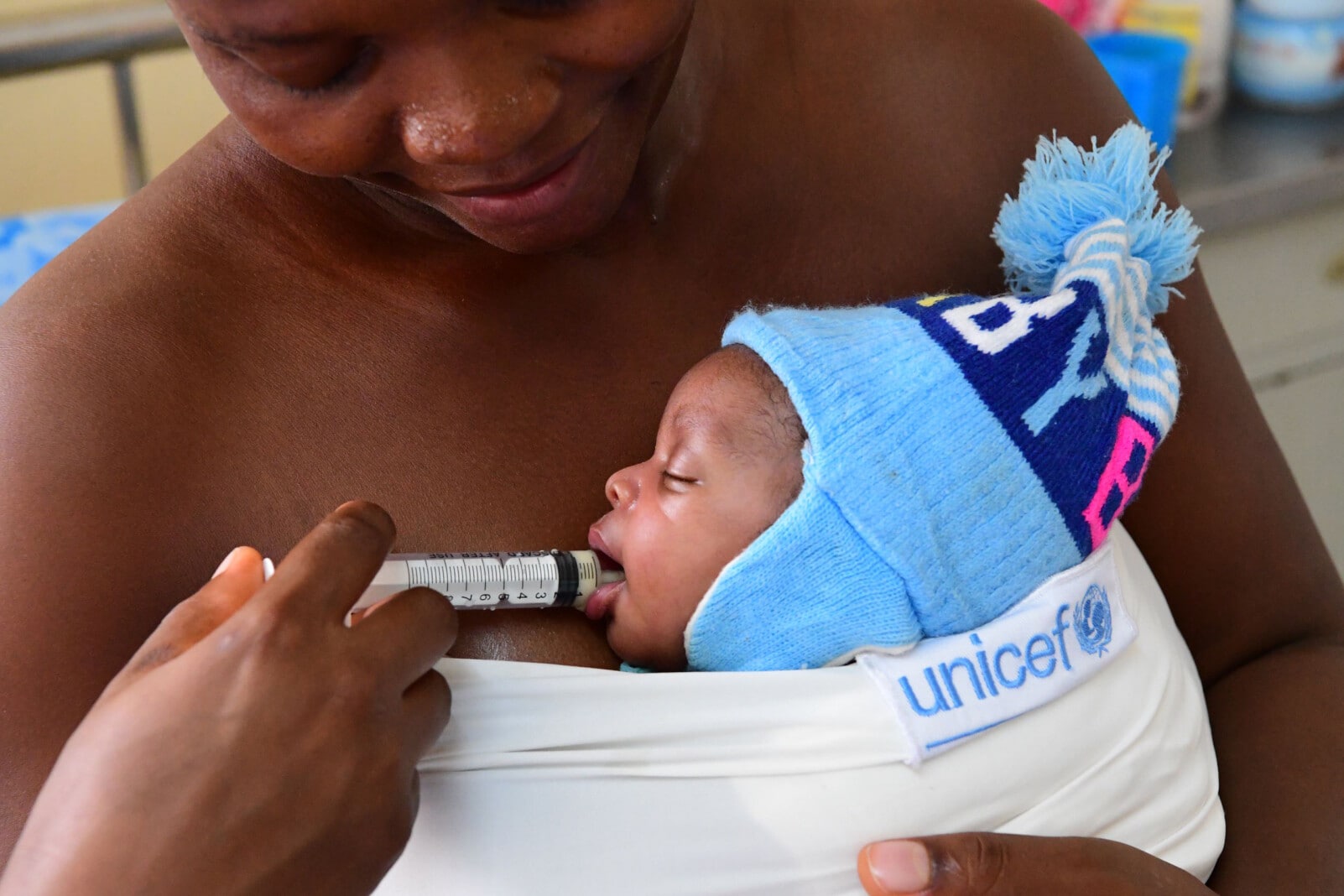The first month of life is the most vulnerable period
Deaths in the first month of life, which are mostly preventable, represent 46 per cent of total deaths among children under five in 2021. While mortality among children under five declines globally, deaths among these children are becoming more concentrated in the first days of life. This makes the focus on newborn care more critical than ever before. In 2021, an estimated 2.3 million children died in their first month of life, which is approximately 6,400 newborns every day, with about a third of all neonatal deaths occurring within the first day after birth and close to three quarters occurring within the first week of life. Despite ongoing challenges, major progress has been made in improving neonatal survival. Neonatal mortality is on the decline globally with the world’s neonatal mortality rate falling from 37 deaths per 1,000 live births in 1990 to 18 per 1,000 live births in 2021. The result is a drop in neonatal deaths worldwide from 5.2 million in 1990 to 2.3 million in 2021. However, this decline of 55 per cent is slower than the rate of decline among children under five years of age (61 per cent).
The large majority of newborn deaths (78 per cent) are due to complications related to prematurity, intrapartum events such as birth asphyxia and trauma, congenital abnormalities and lower respiratory infections. Thus, targeting the time around birth with proven high impact interventions and quality care for small and sick newborns may prevent close to 80 per cent of newborn deaths. The Every Newborn Action Plan calls for an increased focus on the time around birth with targeted high impact interventions as a strategy for reducing not only newborn deaths but also maternal deaths and stillbirths, generating a triple return in investment.
The first 28 days
A large majority of newborn deaths could be prevented with proven interventions around the time of birth and improved care for small and sick newborns. Research conducted as part of the Every Newborn Action Plan and the 2014 Every Newborn Lancet series demonstrated that two key packages of interventions could prevent the majority of neonatal deaths.
Care around the time of birth could avert more than 40 per cent of neonatal deaths. Key interventions include care by a skilled birth attendant, emergency obstetric care, immediate care for every newborn baby (including breastfeeding support and clean birth practices such as cord and thermal care) and newborn resuscitation.
Care for small and sick newborns could avert 30 per cent of neonatal deaths. Key interventions include kangaroo mother care, prevention or management of neonatal sepsis, addressing neonatal jaundice and preventing brain damage after birth-related oxygen deprivation.
Skilled delivery and postnatal care
Skilled care at birth and postnatal checkups are essential to the well-being of both mother and newborn. Quality skilled care at birth would ensure that the newborn receives essential newborn care including thermal and cord care, and immediate breastfeeding. It would also increase access to emergency care in the event of life-threatening complications. A newborn who is not breathing at birth will die within minutes if not properly cared for.
However, globally in 2022, 14 percent of deliveries were not attended by skilled health personnel. Newborns are most vulnerable during the first hours and days of life, yet this critical window is being missed. Over half of newborns born in West and Central Africa (55 per cent) and East and Southern Africa (51 per cent) in 2022 did not have a birthweight in their most recent national data source, and only 46 per cent of newborns were put to the breast within one hour of birth.
The postnatal period is the time following delivery until six weeks after birth, and health checks during this time – especially the first two days after delivery – are essential. The WHO recommends postnatal care within 24 hours of birth, regardless of where the baby is born. Mothers and newborns should receive at least three additional postnatal care visits by a skilled provider, ideally on day 3 (48–72 hours after birth), between day 7 and day 14, and again 6 weeks after birth.
Postnatal care for the baby is an important opportunity to check for danger signs, such as insufficient feeding, fast breathing (a breathing rate of more than 60 breaths per minute), severe chest in-drawing, lethargy, fever, low body temperature or jaundice. At the same time, mothers can receive advice on how to identify and respond to these symptoms, as well as the benefits of exclusive breastfeeding and immunization.
Given the critical importance of essential newborn care and postnatal care, household survey programs such as DHS and MICS have recently included indicators to track the coverage of this important component of care for mothers and newborns. Globally, only 65 per cent of mothers and 68 per cent of newborns received a post-natal health check within the recommended time period.
Home visits for newborn care
A key strategy for ensuring a continuum of care from pregnancy through early childhood is integrating interventions into community-based programs and linking them to other services within health systems. In addition to the key interventions described above, adequate nutrition for pregnant and nursing women is essential to the well-being of both mother and child. The World Health Organization (WHO) and UNICEF recommend that care be provided by a skilled attendant during and immediately after birth, irrespective of where the birth takes place. When appropriate, home visits can provide effective care to infants and increase newborn survival. This strategy has shown positive results in high-mortality settings by improving essential newborn care practices and reducing newborn mortality.
References
World Health Organization, 2022, WHO recommendations on maternal and newborn care for a positive postnatal experience. Geneva, 2022.
UNICEF, The State of the World’s Children 2023, UNICEF, New York, 2023.
United Nations Inter-agency Group for Child Mortality Estimation (IGME), Levels and Trends in Child Mortality, Report 2022, UNICEF, New York, 2022.
WHO/UNICEF Joint Statement, Home Visits for the Newborn Child: A strategy to improve survival, WHO, Geneva, 2009.
WHO, UNICEF, Every Newborn: An Action Plan to End Preventable Deaths, WHO, Geneva, 2014.
Peer-reviewed publications
Bhutta, Z.A., et al., for The Lancet Newborn Interventions Review Group and The Lancet Every Newborn Study Group, Can Available Interventions End Preventable Deaths in Mothers, Newborn Babies, and Stillbirths, and at What Cost?, The Lancet, published online 20 May 2014, accessed 26 August 2015.
Darmstadt, G. L., et al., Evidence-based, Cost-effective Interventions: How many newborns can we save?, Lancet, vol. 365, no. 9463, 12 March 2005, pp. 977–988, with updates. As published in: Committing to Child Survival: A promise renewed – Progress report 2012, UNICEF New York, 2012.
The Lancet Neonatal Survival Series, March 2005.
Perin, J.P., et al., Global, regional, and national causes of under-5 mortality in 2000-19: an updated systematic analysis with implications for the Sustainable Development Goals., Lancet Child Adolesc Health, vol. 6, issue 2, 1 February 2022, pp. 106-115.
Newborn care data
Maternal and Newborn Health Coverage
Build and download your own customisable dataset
Resources
